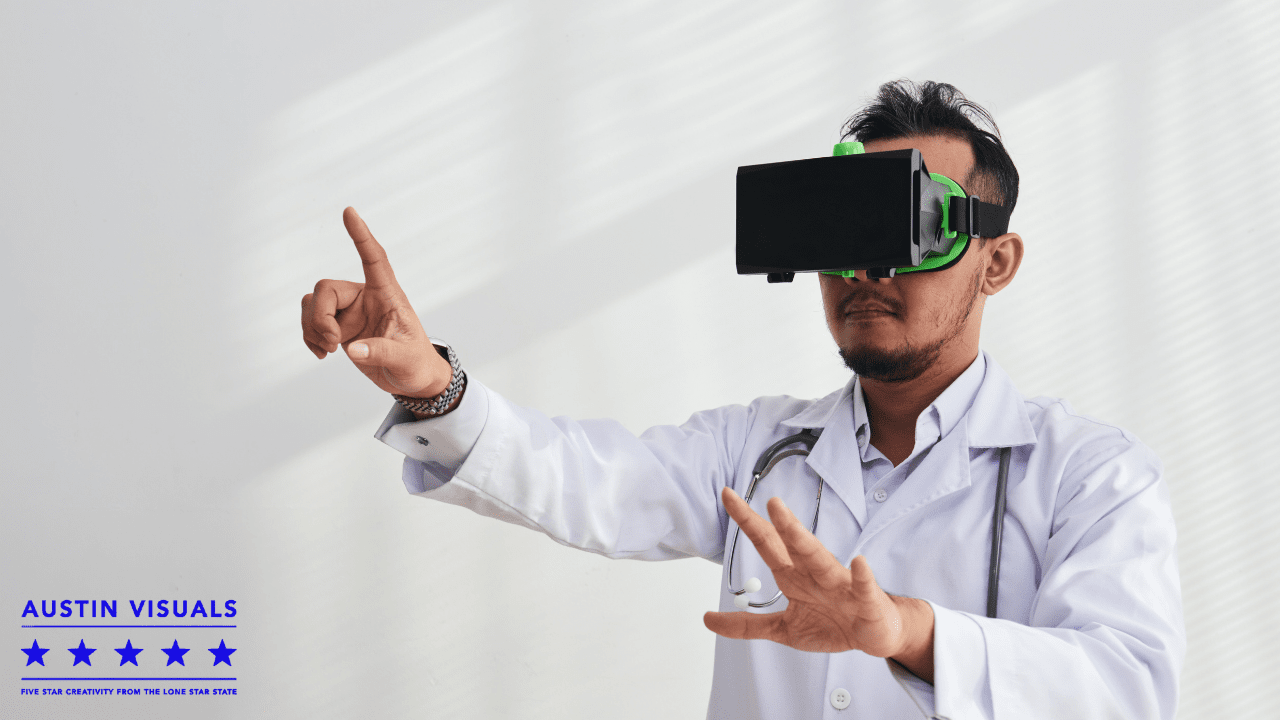
The promise of virtual reality (VR) medical training is a promising tool in medicine. With its immersive nature, this technology can enhance learning, reduce in-training errors, and even decrease vaccine refusal rates. In this article, you’ll learn about how VR medical training can improve your career and your patient’s care. You’ll also learn how to incorporate this new technology into your daily practice. There are many benefits to be aware of.
VR medical training can be used to improve learning
There are many advantages of VR for medical training. For instance, students can experience the inside of a human body, a feat that would have been impossible with traditional classroom and laboratory settings. Computer graphics allow for the simulation of any part of the human body in incredible detail. This allows for a close match to reality. Virtual reality is also useful in medical training, as it allows for the simulation of common surgical scenarios. To get a better understanding of how the procedure works, students can view real-life surgical procedures from different angles and use a model to help them.
Traditional medical training involves hands-on education. This is expensive and can be even more difficult when there are pandemics. VR medical training can be used to simulate simulated high-risk scenarios in a virtual environment, allowing students to practice new skills and gain a greater sense of accomplishment. Virtual reality technology is also useful for formalizing medical education by establishing a uniform standard for medical specialists and improving learning.
It can help reduce training errors
The NHS is at its limit and VR medical training could help to compensate. The use of VR by medical students also allows them to practice procedures without being exposed to live patients. This can also reduce the learning curve and in-training errors. By allowing surgical trainees to practice procedures without being exposed to live patients, VR helps to reduce the exposure risk. The growing demand for VR technology in medical training shows no signs of slowing.
VR also has the potential to improve student performance and medical education. In-training errors can result from a range of factors, from inadequate physical and cognitive skills to not being fully prepared to treat a patient. The immersive nature of VR training can help students build confidence, which increases their ability to use their knowledge and improve patient care. According to a PWC study, students who were given VR medical training were up to 275% more likely to perform a surgical procedure with less risk of error.
It can be used to improve repetitive tasks
As healthcare technology advances, the need for effective training for medical professionals becomes increasingly apparent. Despite the benefits of VR, traditional training is expensive and often limited by in-person labs. Traditional training is still the best way to learn basic medical principles. Medical professionals have been embracing VR because of its potential to lower training costs, improve fidelity and increase the effectiveness of medical education.
High-quality medical videos and animations can mimic the experience of real patients. This technology can be used as an alternative to expensive cadaver training. These devices can provide real-time feedback and are equipped with sophisticated scoring systems. With the help of simulation technology, a virtual patient is always prepped for surgery. Likewise, virtual training can enhance repetitive tasks and improve patient outcomes. This technology also increases the learning capacity of healthcare professionals, especially those with a high degree of responsibility.
It can reduce vaccine refusal rates
In a study, researchers found that a virtual reality (VR) medical training program for pediatricians can significantly reduce vaccine refusal rates. The VR training made it less frightening and more painless for children who were vaccinated. As a result, policymakers were encouraged to expand VR use to primary health care centers. The research must be replicated to prove that VR can reduce vaccine refusal rates.
Both the parents and children enjoyed the VR intervention. Although only one child rejected the VR equipment, no adverse reactions were reported. When parents were invited to take part in the study, the overall response rate was 88% (30/34). This study also showed that the effectiveness of VR in reducing vaccine refusal rates could be further improved with a detailed explanation of the procedure. These methods could be used in the future to decrease vaccine refusal rates among young children.
VR medical training Services
Austin Visuals Virtual Reality Services Include :
- Virtual Reality Medical Training
- VR Research
- VR Planning
- Virtual Reality 3D Model Creation
- 360 degree – 3D Experience Creation and Design
- We offer custom experiences designed to build teamwork
- AV provides high resolution imagery, lower latency and provides more realistic imaging and quicker adjustments of the images when the user moves their head.
Want to know how we can help? Have questions? Have a project to discuss? Message us using the contact form below, email us [email protected] or call us (512) 591-8024 to meet with a member of our team today.






